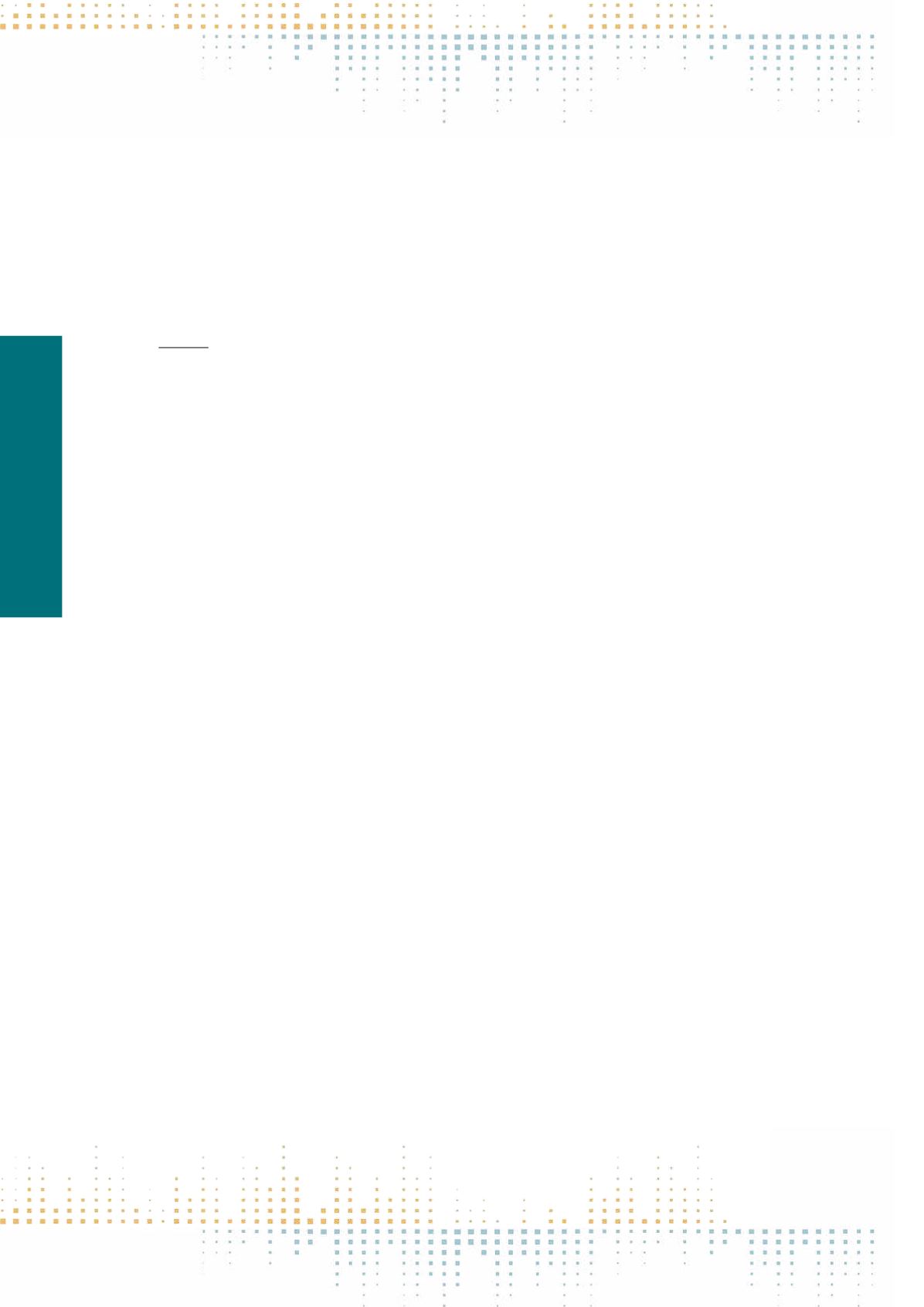

46
Saturday, November 12
1 6 : 0 0 – 1 7 : 3 0
the functional and safety risks when purchasing apps from illegal and unofficial sources are classified as much higher, these concerns fall into the back‑
ground, notably due to a lack of financial risk. Psychological risks usually exist when the ability for a user to try or install an app on their own device without
purchase is not possible. Those interviewed try to reduce this risk dimension through a comprehensive information search. Multi-level reputation systems
in the form of star ratings and comments, in most cases, represent the most important orientation. Here, however, there is often a 'blind trust”in the other
users’opinions. Meanwhile, dubious providers profit from fake reviews of their apps. Also other contextual factors (like the price of an app, the reputation
of a brand, app genre, app repertoire of the users, technology affinity of an individuum etc.) are discussed. Based on polythetic-type grouping (cf. Kuckartz
2010), three different app-user types could be extracted from the interviews: the rational-exploratory, omniscient-skeptical and the emotional-habitual
user, which will be further discussed. These types are based on an affinity to technology, specific behaviour patterns, such as an inclination to try new apps,
and established risk awareness and social environmental influences
PP 678
From YouTube to MeTube – The Dynamics of YouTube Use and Identity Formation
H. Robbert
1
, T. Quandt
2
, T. Belke
2
, F. Hein
2
, T. Lindeburg
2
, T. Selbach
2
, L. Schwedes
2
, L. Volkermann
2
, L. Werner
2
, C. Wind
2
1
University of Muenster, Communication Studies, Muenster, Germany
2
University of Muenster, Muenster, Germany
During recent years YouTube has become widely popular among adolescents. With a rapidly rising number of clicks and time spent on the platform, profes‑
sional YouTubers have become idols for adolescents like musicians or filmstars. Research suggests that YouTube has overtaken other media by far in terms
of use frequency and importance. It even serves as a major source for information and news. Thus, unraveling the fascination of YouTube is crucial to under‑
stand identity formation of those who will shape our future society. Although communication scholars have started to examine YouTube use as a relevant
media phenomenon, the video platform’s communicative and social role for young people remains unclear. Is YouTube going to replace television in terms
of use? Who prefers which kind of YouTube channel? Do personal characteristics play a role in building (para)social relations to YouTubers? Does YouTube
play a relevant role in the process of identity formation? In order to tackle these questions, a school survey was conducted among German pupils of different
educational levels. N=1,642 adolescents (50.6% female) aged 14 to 20 (M=15.97; SD=1.07) completed a standardized questionnaire. Apart from their
media habits (with focus on YouTube), the questionnaire included items about personality traits, their social life and how they perceive YouTubers and their
videos. Hence, the dataset allows to draw conclusions about the relation between YouTube use, general sociodemographics and YouTube-related personal
orientation characteristics (YRPOC; i.e. specific parasocial interaction, role model function and community-shaping function). Refuting the assumption
that watching YouTube is replacing television, the results show that traditional TV and YouTube use are not correlated. Different motivations are at the root
of preference for one or the other, e.g. importance of relevant others is only correlated with YouTube use, whereas it is the opposite for general self-efficacy
and self-concept. Boys are using YouTube more frequently, more actively and attach more importance to it, which results in a more distinctive shape of their
YRPOC. Similar correlations are found for age with higher values for younger participants, indicating that YouTube loses its importance with increasing age
and maturity. Furthermore, the educational level predicts the relevance and functions of YouTube use. In opposition to other school types, autonomy plays
an important role for pupils aiming for the A-Levels (the highest high school degree in Germany).The more autonomous adoloscents feel, the less important
YRPOC are. It is striking that school types are decisive for the correlation’s direction between parasocial interaction and social support offline: For higher
educated pupils, a negative relationship is found, while the correlation for those who are less educated is positive. Multivariate statistical methods such as
regression analysis further reveal potential interactional effects between identity characteristics andYouTube activity. Overall, the study supports the notion
that YouTube is a very significant force in the daily life of young people and that it contributes to their personal development in a very crucial phase of life.



















